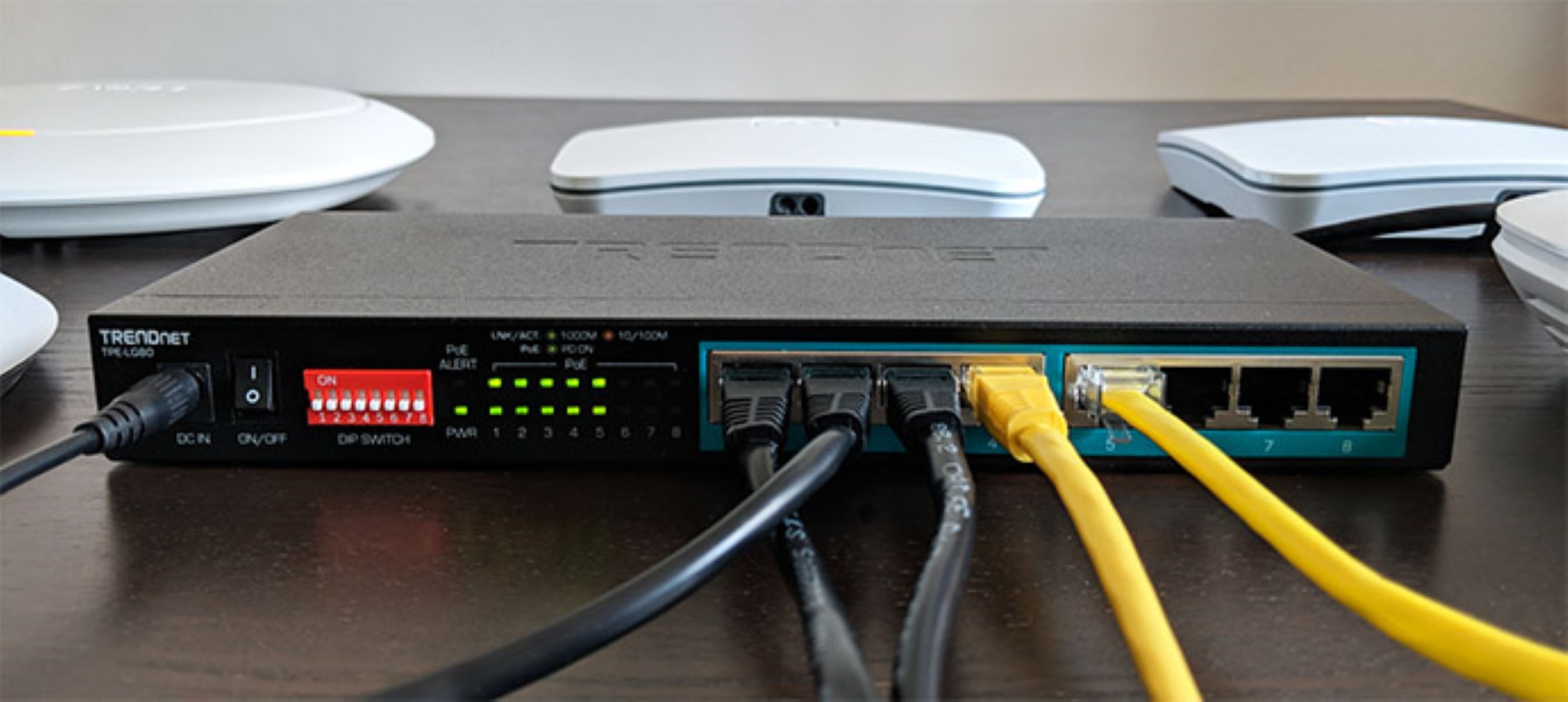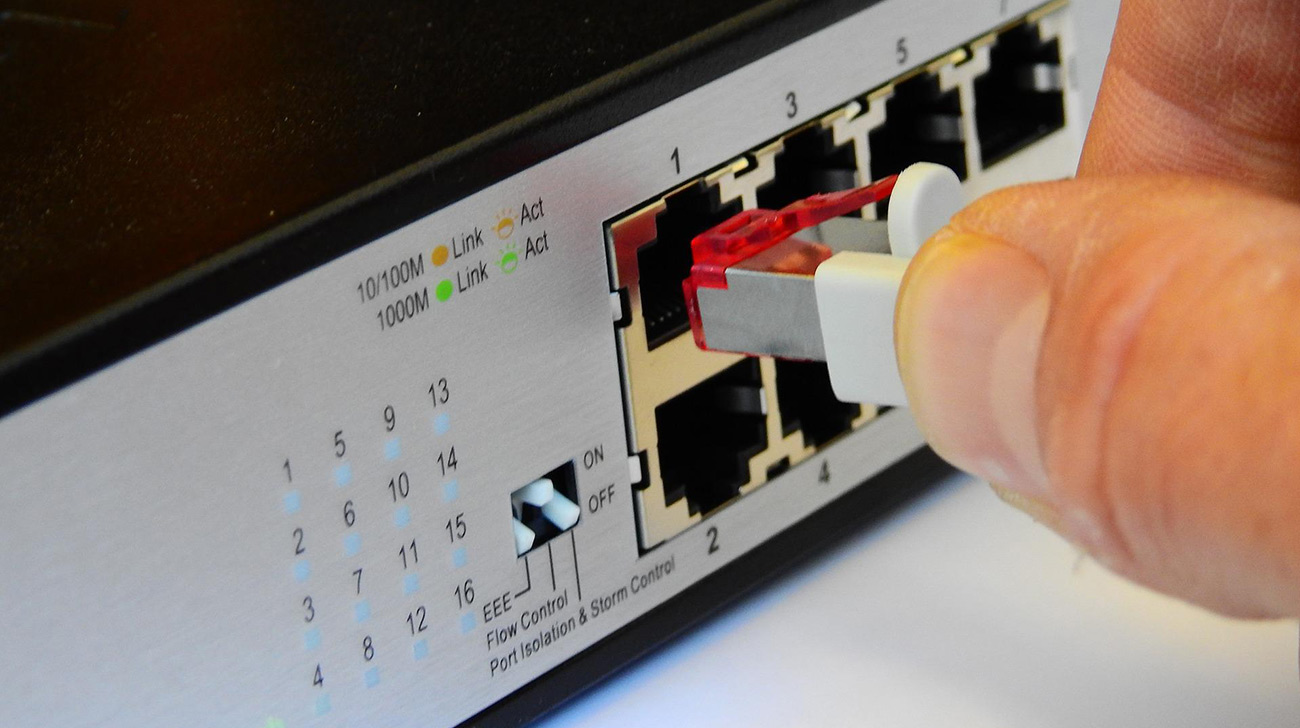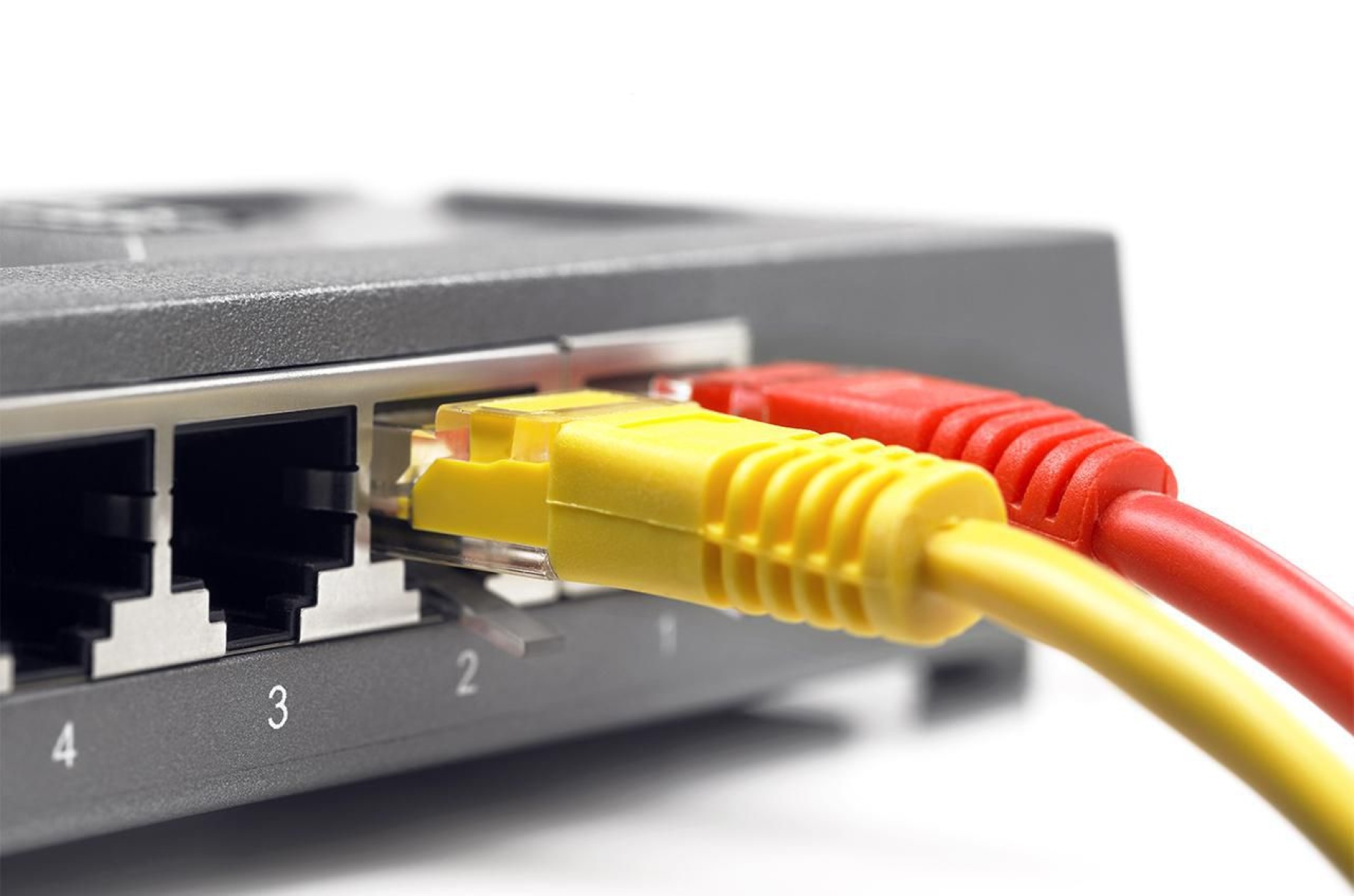Introduction
Understanding the intricacies of network infrastructure is crucial in today's digital age, particularly when it comes to ensuring seamless connectivity and preventing network outages. One fundamental aspect of network management involves the implementation of Spanning Tree Protocol (STP) on network switches. STP plays a pivotal role in maintaining network stability and preventing loops that can lead to catastrophic network failures. In this article, we will delve into the concept of STP, its significance in network management, its operational mechanisms, common issues that may arise, and the overall impact it has on network performance.
The seamless functionality of network switches is essential for the smooth transmission of data packets within a local area network (LAN). However, without an effective mechanism to manage the complex web of connections, network loops can occur, resulting in broadcast storms and degraded network performance. This is where STP comes into play, providing a vital framework for maintaining network stability and preventing disruptive loops.
As we navigate through the intricacies of STP, it is important to recognize the pivotal role it plays in ensuring the reliability and efficiency of network infrastructures. By gaining a comprehensive understanding of STP, network administrators and IT professionals can effectively manage and optimize network performance, ultimately contributing to the seamless operation of digital communications and data transfer.
What is STP?
Spanning Tree Protocol (STP) is a critical networking protocol designed to prevent loops in bridged or switched networks. When network switches are interconnected, the potential for loops arises, which can lead to broadcast storms and network congestion. STP addresses this challenge by identifying redundant links and actively blocking select paths, thereby creating a loop-free logical topology.
At its core, STP functions as a safeguard against the unintended consequences of interconnected switches, ensuring that data packets traverse the network without encountering loops that could disrupt normal operations. By employing a designated bridge and designated ports, STP effectively manages the network’s forwarding paths, optimizing connectivity while mitigating the risks associated with network loops.
STP operates by designating a single switch as the root bridge, serving as the reference point for all path calculations within the network. This centralized control mechanism allows STP to determine the most efficient and loop-free paths, enabling seamless data transmission across the network. Through the exchange of Bridge Protocol Data Units (BPDU) and the execution of the spanning tree algorithm, STP dynamically adapts to network changes, ensuring continuous loop prevention and network stability.
Furthermore, STP introduces the concept of port states, including blocking, listening, learning, and forwarding, to manage the flow of data and optimize network performance. By strategically controlling the state of individual ports based on network conditions, STP minimizes the likelihood of loops and maximizes the efficiency of data transmission.
Overall, STP serves as a fundamental building block in network management, offering a robust solution for mitigating the risks associated with network loops. Its ability to create a loop-free topology and dynamically adapt to network changes underscores its significance in ensuring the reliability and stability of interconnected switches.
Why is STP important?
Spanning Tree Protocol (STP) holds immense importance in the realm of network infrastructure due to its role in preventing network loops and ensuring the seamless operation of interconnected switches. The significance of STP can be attributed to its ability to maintain network stability, prevent broadcast storms, and optimize data transmission by creating a loop-free logical topology.
One of the primary reasons STP is crucial lies in its capacity to avert network loops, which can lead to excessive broadcast traffic and network congestion. By dynamically managing the forwarding paths between switches and actively blocking redundant links, STP mitigates the risks associated with loops, thereby safeguarding the overall integrity of the network.
Moreover, STP plays a pivotal role in enhancing network reliability by minimizing the potential for disruptions caused by loops or unintended network configurations. This reliability is essential for ensuring uninterrupted data transfer and maintaining the operational efficiency of the network infrastructure.
Additionally, STP’s significance is underscored by its ability to adapt to network changes and reconfigure the logical topology in real-time. As network environments evolve, STP dynamically adjusts to accommodate modifications, ensuring that the network remains free from loops and operates at optimal efficiency.
Furthermore, STP’s impact on network performance cannot be overstated. By effectively managing the flow of data and optimizing the forwarding paths between switches, STP contributes to the efficient transmission of data packets, minimizing latency and enhancing overall network responsiveness.
Overall, the importance of STP in network management cannot be understated. Its role in preventing network loops, maintaining network stability, and optimizing data transmission aligns with the fundamental objectives of network administrators and IT professionals, making it an indispensable protocol in the realm of network infrastructure.
How does STP work?
Spanning Tree Protocol (STP) operates by establishing a loop-free logical topology within a network, thereby preventing the occurrence of network loops and ensuring seamless data transmission. The fundamental mechanism through which STP achieves this involves the designation of a root bridge, the calculation of optimal paths, and the management of port states.
STP begins by electing a root bridge, which serves as the reference point for all path calculations within the network. By designating a single switch as the root bridge, STP establishes a centralized control mechanism that forms the basis for determining the most efficient and loop-free paths between switches.
Once the root bridge is identified, STP proceeds to calculate the optimal forwarding paths throughout the network, taking into account the designated root bridge and the individual switch priorities and MAC addresses. This process enables STP to dynamically adjust the network’s logical topology, ensuring that data packets traverse the network without encountering loops or redundant paths.
Furthermore, STP manages port states to control the flow of data and optimize network performance. Ports within the network switches can be in one of several states, including blocking, listening, learning, and forwarding. By strategically adjusting the states of individual ports based on network conditions and the presence of redundant paths, STP minimizes the likelihood of loops and maximizes the efficiency of data transmission.
STP’s operation also involves the exchange of Bridge Protocol Data Units (BPDU) between switches, enabling them to communicate and participate in the spanning tree algorithm. This communication allows switches to collectively determine the most efficient paths and ensure that the network remains free from loops, even as network configurations evolve.
Overall, the operational framework of STP revolves around creating a loop-free logical topology, dynamically adapting to network changes, and optimizing the flow of data within interconnected switches. By effectively managing the network’s forwarding paths and port states, STP plays a pivotal role in maintaining network stability and preventing the disruptive effects of network loops.
Common Issues with STP
While Spanning Tree Protocol (STP) is designed to prevent network loops and ensure the stability of interconnected switches, several common issues can arise, impacting network performance and reliability. Understanding these challenges is crucial for network administrators and IT professionals tasked with managing and troubleshooting network infrastructures.
- STP Convergence Delays: In some instances, STP convergence, the process of recalculating the network topology in response to changes, can lead to delays in network responsiveness. This delay may occur when switches undergo reconfiguration or when network events trigger STP reconvergence, potentially impacting the overall efficiency of data transmission.
- Suboptimal Path Selection: STP’s path selection process may result in suboptimal routing decisions, leading to inefficient data transmission and increased latency. This issue can arise when the designated root bridge or switch priorities are not appropriately configured, impacting the overall performance of the network.
- Unintended Network Loops: Despite STP’s primary function of preventing network loops, misconfigurations or unexpected network changes can result in unintended loops, leading to broadcast storms and network instability. Identifying and rectifying these loops is essential for maintaining network integrity.
- STP Misconfigurations: Incorrect STP configurations, such as inconsistent bridge priorities or conflicting port states, can introduce vulnerabilities and disrupt the proper functioning of the protocol. These misconfigurations may stem from human error during network setup or changes, necessitating thorough validation and troubleshooting.
Addressing these common issues with STP requires proactive network management, meticulous configuration reviews, and the utilization of diagnostic tools to identify and mitigate potential challenges. By staying vigilant and implementing best practices for STP configuration and monitoring, network administrators can effectively navigate these issues and uphold the stability and performance of their network infrastructures.
Conclusion
Spanning Tree Protocol (STP) stands as a cornerstone of network management, playing a pivotal role in preventing network loops, maintaining stability, and optimizing data transmission within interconnected switches. Its ability to establish a loop-free logical topology, dynamically adapt to network changes, and manage port states underscores its significance in ensuring the reliability and efficiency of network infrastructures.
By understanding the operational mechanisms of STP and acknowledging the common issues that may arise, network administrators and IT professionals can effectively navigate the complexities of network management, proactively addressing challenges and optimizing the performance of their network infrastructures.
As technology continues to advance and network environments evolve, the fundamental principles of STP remain essential for upholding the integrity of interconnected switches and facilitating seamless data transmission. By leveraging STP’s capabilities and adhering to best practices in configuration and monitoring, organizations can maintain robust and stable network infrastructures, ultimately contributing to the seamless operation of digital communications and data transfer.
In essence, STP serves as a linchpin in the realm of network infrastructure, embodying the principles of stability, adaptability, and efficiency. Its enduring relevance and impact on network performance solidify its position as a fundamental protocol in the ever-evolving landscape of digital connectivity and communication.

























